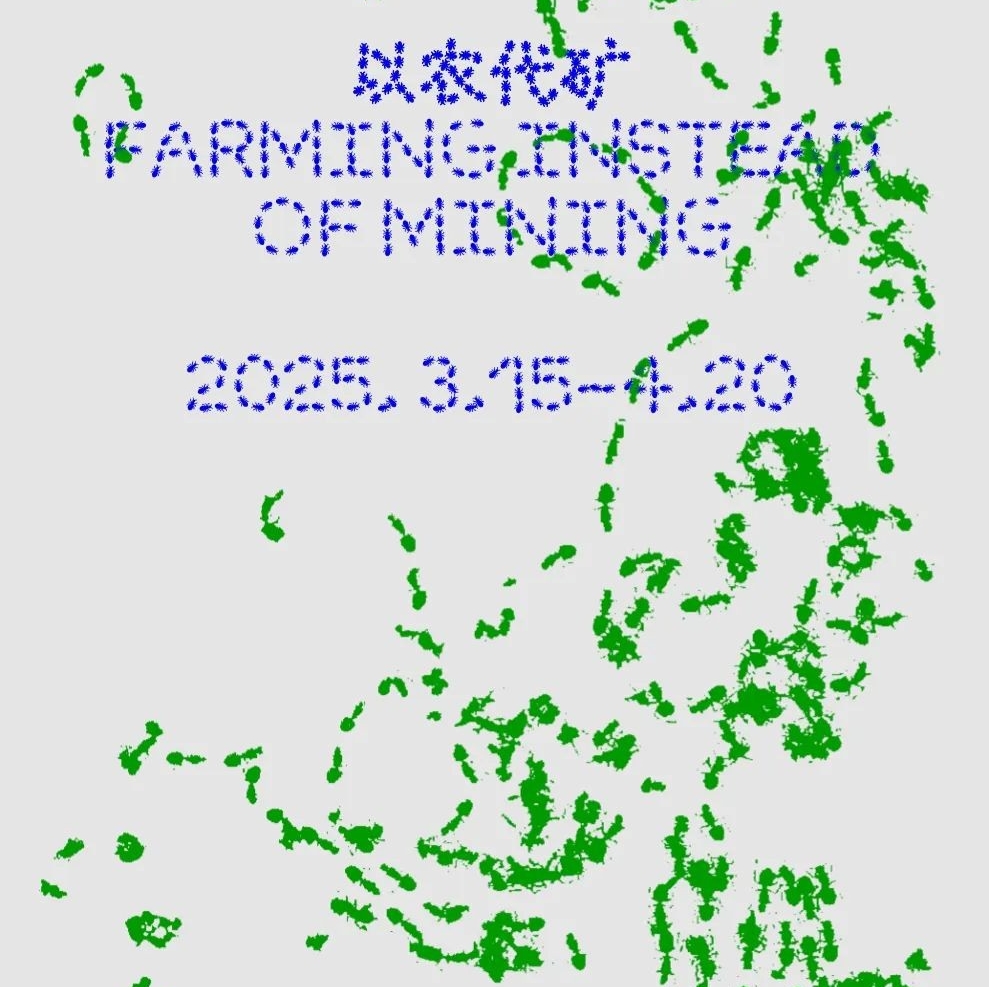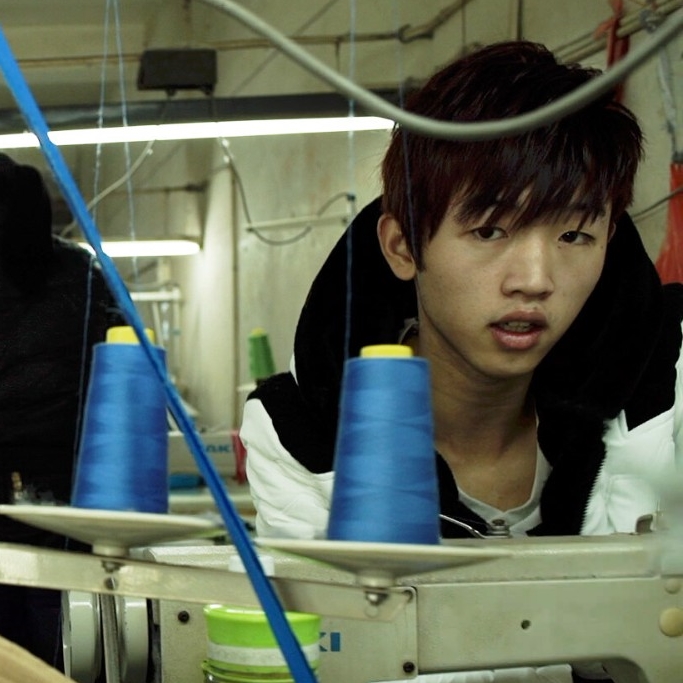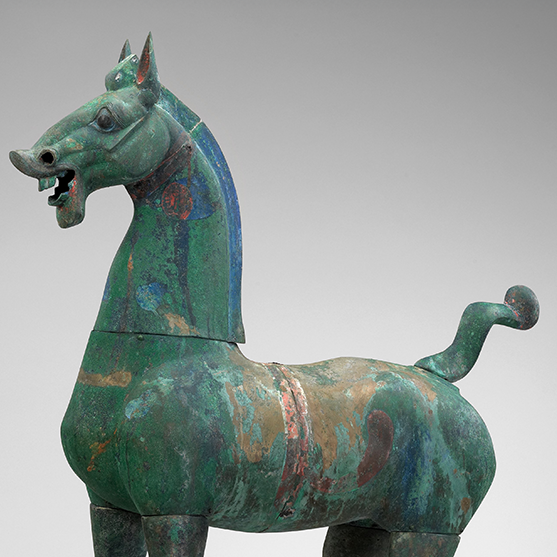 Do online exhibitions, an “alternative solution” during the COVID-19 pandemic, still matter when the pandemic is no longer there to restrict physical space and personal mobility?
Do online exhibitions, an “alternative solution” during the COVID-19 pandemic, still matter when the pandemic is no longer there to restrict physical space and personal mobility?
Compared with physical exhibitions, how is “online” space irreplaceable other than recording data record and expanding the audience?
What kind of reading habits and browsing experiences have been fostered and shaped by the development of the Internet and the creation of virtual space? What is the impact on the approach to artistic creation and the method of media communication?
…
Conceived from the thoughts over the questions above, Editing Art: The Wanderer in Virtual Space, an online exhibition hosted by CAFA ART INFO in 2023, aims to provide guidance when we currently confront the proliferation and overload of technological terms, to show care and reflect on the topics including Internet culture, the mechanisms of social media, screen-dependent reading, creation and communication, and the virtual, the real and the hyper-real.
The curatorial team has tried to use keywords to describe a complex relationship between humans and the Internet, but also between humans and machines, and between humans and “non-humans”. In a world that is already familiar to contemporary people and yet constantly expanding into uncharted territories, information, knowledge, ideas and opinions are constantly moving, exchanging and developing wherever the Internet is accessible. In this space, which has lost its physical boundaries, the seemingly freer “wander” which inevitably brings with its problems such as image bombardment, the storage and forgetting of the Internet, the manipulated and directed superficial information fragments, the disciplined search and reading habits, personalities that are inferred and defined by artificial intelligence, and the confrontation between the public Internet square and the private space of the individual. In response, Editing Art: The Wanderer in Virtual Space attempts to build a holistic structure where the exhibition theme, the “exhibition hall” structure, the design aesthetics as well as the content of the works complement and interpret each other. The following five key words/phrases shall elaborate the exhibition concept.
1. “Editing” Art
Thanks to the interactive mechanisms, browsing logic and screen aesthetics brought about by the Internet, artists, who are also the recipients of thousands of online information entries, are experiencing a change in the way they create and present. One perspective is that, given the ease of information distribution and the abundance of image materials provided by the Internet, artistic creation has begun to take on an “editorial” character that involves sifting, filtering, editing, reorganising and recreating in a “library” of messages and images to “produce” new messages and images which are then distributed and shared, again, in the Internet space, reaching various destinations in a matter of seconds. From another perspective, this topic seeks to explore the development and situation of the “editor” as a profession and the industries where it is active, from paper media to digital media.
2. Chaos – Order
In today’s social media feeds and usage, the seemingly fragmented, frequent and disorganised delivery of information to users is in fact based on a sophisticated search and calculation, gradually regulating people’s reading habits and browsing pattern. Responding to this universal experience, the design of the “exhibition hall” of the online exhibition will take the game of “order” and “chaos” as the core concept, and will materialise based on the interactive nature of “zooming in” and “zooming out” that is unique to online exhibitions. The curatorial team will delve into the virtual space of the Internet, which the online exhibitions rely on for their very existence, to explore its essential viewing logic and presentation language, reflect on the orderly search, prescribed gestures and ways of thinking that people have been gradually disciplined within the virtual space and time, and try to break such “inertia” when viewers experience the online exhibition.
3. “The Wanderer”
In the words of Walter Benjamin and Charles Baudelaire, the “wanderer” is a portrait of modern mankind. Thanks to the rise of urban public spaces, they are present in modern cities such as Paris which rose in the 19th century. They stroll through the streets among the hustle and bustle of people, without a destination in mind and with the departure point forgotten, addicted to just pacing and viewing. Today, with the new Internet public space created by digital structures, the “wanderers” go beyond the arcade streets and continue to engage in an equally aimless kind of browsing in virtual space. In this way, the “wanderers” of the Internet age have achieved another “wander” that both encompasses and transcends modernism, and thus obtain the attributes of contemporary temporality.
4. Internet Culture
With the worldwide rapid development of application technologies and scenarios such as “blockchain”, “metaverse” and artificial intelligence generated content (AIGC) in recent years, a Web 3.0-oriented Internet world is taking shape in people’s discussions. It becomes possible for individuals to truly enter a “decentralised” world and to have data autonomy. Through this exhibition with the construction of the “exhibition hall”, design aesthetics and content presentation, the curatorial team attempts to look back and pay tribute to the ecology, mechanism and aesthetics of the “earlier days” on the Internet, as we plunge into the Web 3.0 Internet world.
5. “One Curator + One Artist” Format
Nowadays, “curator” is a complex identity, whose scope of work has gone far beyond the “curation of exhibitions”. Professional editors and writers in the media industry are no strangers to the work and concept of “curation”; identifying the topic, consolidating contents, and writing, often not limited to the design on paper and other two-dimensional spaces. This online exhibition will feature fifteen “curators” with editorial backgrounds and writing experience, and in the “One Curator + One Artist” format, pair them with fifteen artists for discussions on the theme and the keywords via the use of a case study. The double connotation defined in their discussions together with the “editing” art as the theme of the exhibition shall be highlighted. Hence, when the exhibition itself becomes a work, the text takes on the spatial meaning of “exhibition”.
Organiser: CAFA ART INFO
Academic Chair: Fan Di’an
Curatorial Team: Zhu Li, Sue Wang, Emily Weimeng Zhou, Du Mengxi
Text: Emily Weimeng Zhou, Du Mengxi
Visual Design:Yang Liuqing




























